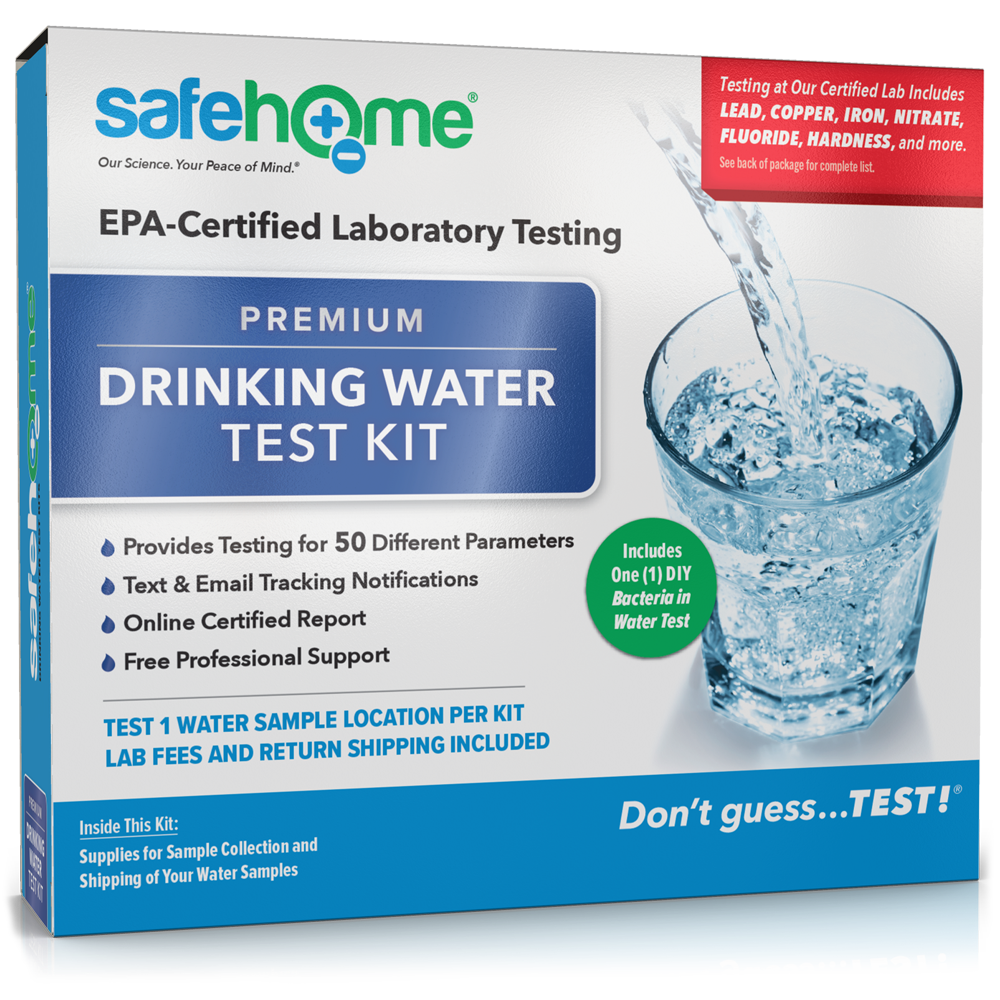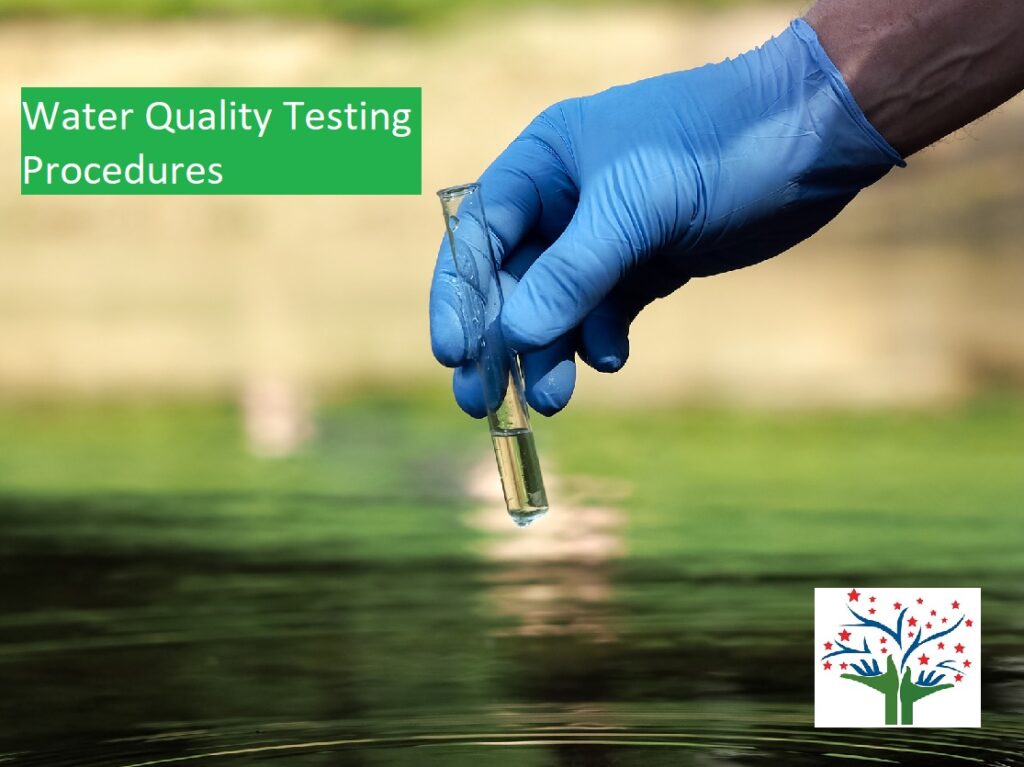Cost Effective Water Testing Services Tampa: Shield Your Wellness Today
Cost Effective Water Testing Services Tampa: Shield Your Wellness Today
Blog Article
Discover What Is Consisted Of in Water Checking and Just How It Makes Certain Safe Alcohol Consumption Water
Comprehending the ins and outs of water screening is crucial in making certain the quality and safety of our alcohol consumption water. Through a meticulous examination of physical, chemical, and microbiological aspects, water testing identifies potential pollutants that could position health risks. From the visibility of hefty steels to harmful microorganisms, each examination part plays a critical function in keeping the stability of our water system. Advanced methods like chromatography and spectrometry improve the precision of these evaluations. How do these processes convert into the regulatory structures that assure security in our daily intake?
Secret Components of Water Screening
Water screening is an important process that entails several key elements to ensure the security and quality of drinking water. Among the primary parts is the analysis of physical characteristics, consisting of smell, color, and turbidity. These attributes can supply initial insights right into the water's problem and potential contamination sources. In addition, guaranteeing the pH equilibrium of water is vital, as it affects the water's corrosiveness and the effectiveness of disinfection processes.
One more substantial part involves microbiological analysis, where water samples are analyzed for the existence of bacteria such as germs, viruses, and protozoa. If eaten, this evaluation is essential to recognize organic dangers that could posture wellness threats. Chemical analyses are performed to detect not natural and natural compounds, such as heavy metals, nitrates, and chemicals, that may be present in the water supply.

Detecting Hazardous Impurities
Detecting unsafe contaminants in alcohol consumption water is an essential facet of securing public wellness. This procedure involves determining potential dangers that can compromise the high quality and safety and security of water products. Pollutants can vary from microorganisms such as germs, infections, and protozoa, to inorganic substances like lead, arsenic, and nitrates, in addition to natural pollutants consisting of pesticides and industrial chemicals. Each kind of impurity positions distinctive health dangers, making their discovery essential to make sure the water consumed by the public is risk-free.
Water testing for pollutants is commonly performed by governing agencies and water energies, employing a mix of area tasting and lab evaluation. These analyses are made to detect both naturally occurring substances and anthropogenic contaminants that might have gone into the water via farming drainage, industrial discharge, or maturing infrastructure. Routine tracking is vital, as contamination degrees can change as a result of ecological adjustments, seasonal variants, or human tasks.
The identification of damaging pollutants informs necessary activities, such as water treatment interventions or public advisories, to mitigate threats. Early discovery is crucial to avoid unfavorable wellness impacts, ranging from gastrointestinal illnesses to lasting problems like cancer, thereby guaranteeing the continued safety and security of drinking water.

Chemical Analysis Techniques
In the world of guaranteeing secure drinking water, chemical evaluation methods play a critical duty in determining and evaluating pollutants. These approaches are necessary for spotting a vast variety of chemical substances, consisting of hefty metals, pesticides, and industrial toxins, which can position significant health and wellness threats. Methods such as atomic absorption spectroscopy (AAS) and inductively paired plasma mass spectrometry (ICP-MS) are typically used to measure trace degrees of metals like arsenic, mercury, and lead. These tools provide exact metrology, helping with conformity with regulatory requirements.
Gas chromatography-mass spectrometry (GC-MS) is an additional vital technique, particularly for organic substances. It divides complicated mixes and determines unstable and semi-volatile natural compounds, ensuring that contaminants like benzene and toluene are within secure restrictions. High-performance liquid chromatography (HPLC) is in a similar way used for non-volatile materials, consisting of certain chemicals and drugs.
Ion chromatography is utilized to identify concentrations of cations and anions, such as nitrates and sulfates, which are crucial in assessing water high quality. These chemical evaluation techniques jointly guarantee that alcohol consumption water continues to be safe by discovering discrepancies from developed purity norms, thereby protecting public health and wellness. Guaranteeing precision and precision in these examinations is paramount to keeping the honesty of water safety and security evaluations.
Microbiological Evaluating Techniques
Exact microbiological screening is essential for protecting public wellness by making sure that alcohol consumption water is without hazardous pathogens. This process involves finding and identifying microorganisms such as microorganisms, viruses, and protozoa that may infect water supplies. Typical pathogens consist of Escherichia coli, Giardia, and Cryptosporidium, each positioning considerable wellness dangers.
A number of methods are used in microbiological screening to determine these risks. The membrane layer filtration method is regularly made use of, entailing water going through a filter that records bacteria, which are then cultured to determine their visibility and concentration. Alternatively, the multiple-tube fermentation method allows the quantification of coliform germs using a collection of dilution and incubation actions.
Developments in innovation have actually presented molecular techniques such as polymerase domino effect (PCR), which permits the very particular and quick discovery of pathogens by magnifying their hereditary product. Enzyme-linked immunosorbent assays (ELISA) also provide an approach to identify pathogens by determining certain healthy proteins or antigens.
These differed methods are important for detailed water top quality assessment, guaranteeing that water therapy procedures work which circulation systems keep safety and security. great post to read By employing these microbiological testing methods, potential health and wellness dangers can be determined and alleviated immediately.

Significance for Public Health
Ensuring the microbiological safety of alcohol consumption water straight affects public wellness by preventing the spread of waterborne illness. Pathogens such as germs, infections, and protozoa can result in diseases like cholera, dysentery, and gastrointestinal infections (Water Tesing Services Tampa). The execution of extensive water testing methods is extremely important in recognizing and mitigating these risks, thus securing neighborhoods from possible episodes
Routine water screening not just spots microbial pollutants but also analyzes chemical and physical parameters that might impact health. For example, extreme levels of nitrates or hefty steels such as lead can pose severe health dangers, especially to susceptible populaces like infants and expecting ladies. By identifying these risks early, water screening makes it possible her latest blog for prompt interventions, guaranteeing the water supply remains within secure intake criteria.
Moreover, water screening plays an essential duty in preserving public self-confidence in municipal water systems. For policy manufacturers and health authorities, the data obtained from water testing educates decisions on framework financial investments and public health and wellness methods, making sure resources are guided where they are most needed.
Final Thought
Water testing functions as an essential system for ensuring the security and high quality of alcohol consumption water via thorough examination of its physical, chemical, and microbiological residential or commercial properties. By identifying damaging impurities, such as heavy metals and pesticides, and utilizing innovative methods like chromatography and spectrometry, water screening assists in the identification of potential health and wellness risks. The application of strenuous screening procedures is crucial for keeping compliance with safety and security criteria, inevitably protecting public health and enhancing self-confidence in community water supply.

By identifying these risks early, water screening allows timely interventions, making certain the water supply read this continues to be within risk-free intake criteria.
Water testing serves as a crucial device for ensuring the safety and security and top quality of drinking water through thorough evaluation of its physical, chemical, and microbiological buildings.
Report this page